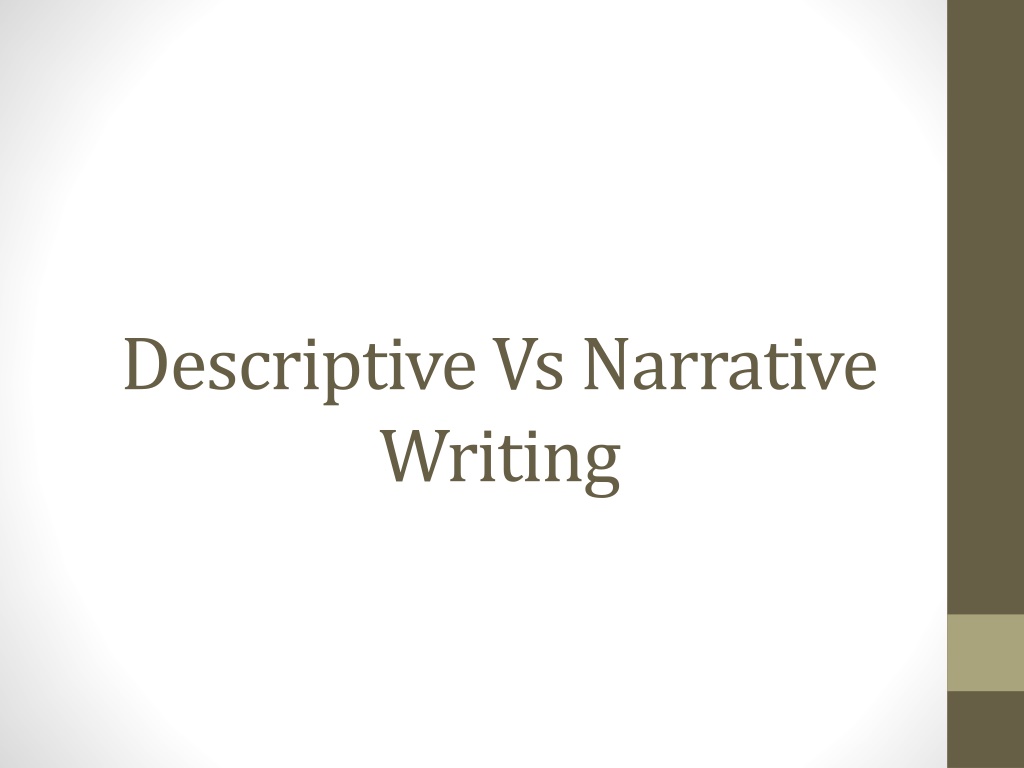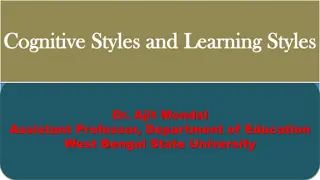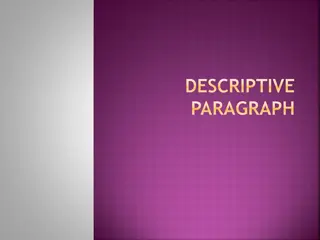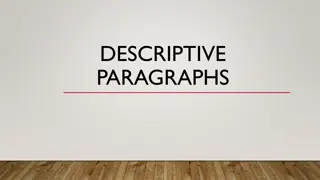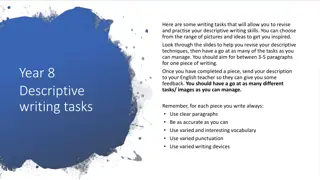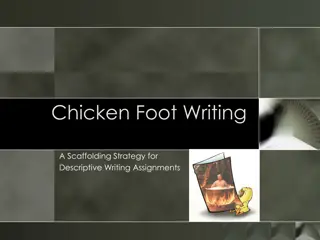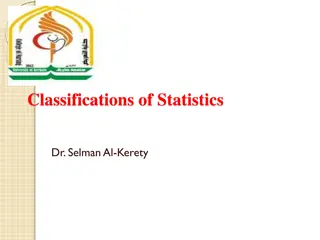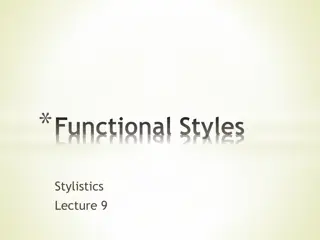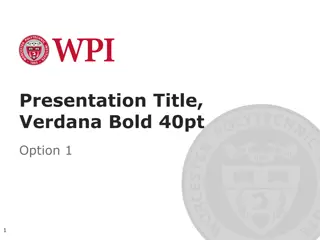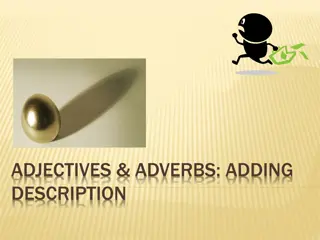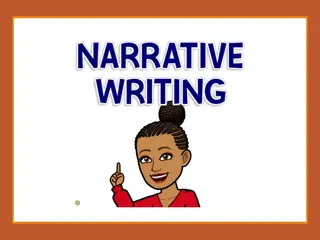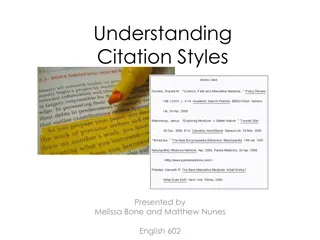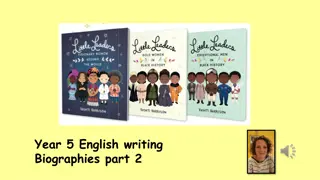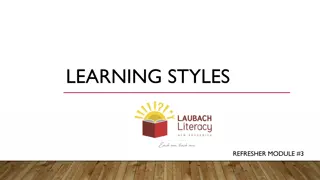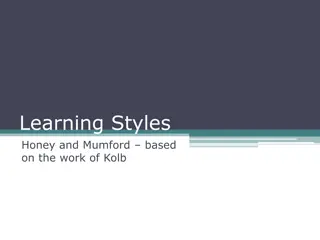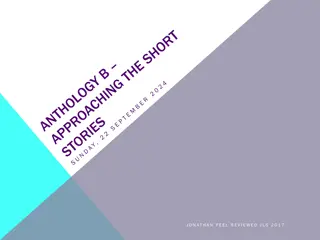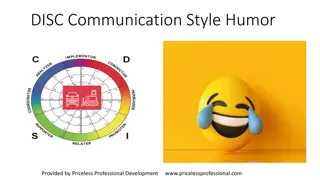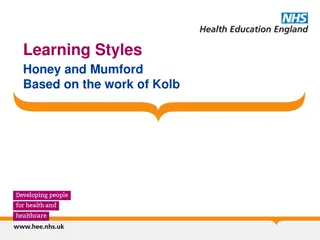Understanding Descriptive vs. Narrative Writing Styles
Delve into the nuances of descriptive and narrative writing, exploring the differences between these two styles. Learn how each style conveys information, from sensory details in descriptive writing to storytelling in narratives. Discover similarities between the two styles and how to structure essays effectively to engage readers.
Download Presentation

Please find below an Image/Link to download the presentation.
The content on the website is provided AS IS for your information and personal use only. It may not be sold, licensed, or shared on other websites without obtaining consent from the author. Download presentation by click this link. If you encounter any issues during the download, it is possible that the publisher has removed the file from their server.
E N D
Presentation Transcript
Descriptive VsNarrative Writing
Writing Styles Exposition: Explaining an idea or concept. Argument: Proving a point. Narrative: Telling a story. Description: Presenting what is apparent to your senses (describing).
Narration Description Description uses sensory detail (sights, sounds, tactile sensations, tastes and smells) to describe a scene, person or feeling to a reader. As you describe, you create a three-dimensional picture so your reader can experience the item, place, person or emotion along with the reading. Descriptive essay topics include your favorite bedroom, your best friend, the most unusual object you own, an art exhibit, the best or worst teacher you ever had, your ideal job or dream home. A narrative personal experience, explaining what happened during experience. Stories are narrative, and narrative essays have a similar purpose of telling the events to a reader. Narrative essay recounting an experience where you learned something significant, your first day at school, your first job interview, a frightening encounter, an experience that changed your life and two differing versions of the same event. Narration is not always a personal experience. often reflects your some sort of topics include place, your
Similarities Both narrative and descriptive essays should follow essay format with an introductory paragraph, body paragraphs and a concluding paragraph. At the end of the introduction, place a thesis, a sentence that explains the overall purpose of your paper. You should give a reason for your narration or description in that thesis, explaining why this event, person, place or thing is important enough for you to write about. The thesis might express that you are telling a story because you learned something significant or that you are describing a place that creates a sense of calm in your life. In both narration and description, include specific details in the body paragraphs to support the idea set forth in your thesis.
Introduction Descriptive Writing Descriptive introductions directly subject to be discussed in the whole paper. The reader can definitely guess what to expect from treading the rest of the paper. Narrative Writing Narrative essays are built on suspense and as such don t really reveal what to expect in the paper. The reader has to go down further to grasp an idea of what the paper is about. paper touch the on what
Point of View Descriptive Narrative Narrative written person using words like "I" and "me," This is obviously because they involve narration of a personal experience writer and as such the writer is inside the story. Descriptive written in the third person as they involve the writer describing another person, place or object. However, in some cases it can take the first person. This is of course when the paper is about describing yourself. ones are ones the are first in the from the
Paragraph structure Descriptive Narrative Descriptive papers have relatively paragraphs containing description character. Narratives can have two one paragraphs. There is also more use of dialogue in narrative papers than descriptive papers. longer each unique sentence with a of the
Conclusion Descriptive Narrative Descriptive conclusions long and most of the time echo the impact of the described person to the writer. The concluding part in a narrative can be as short as a sentence and mainly mentions a lesson learnt essay quite are
Overall structure and technique Descriptive Narrative Descriptive presented chronological manner so that there is a consistent sensible flow of events. The writer can employ the use of time features such as foreshadow and flashbacks regularly in the writing. Narrative sequence of events. The writer proceeds in a chronological order essays in are involves a a
